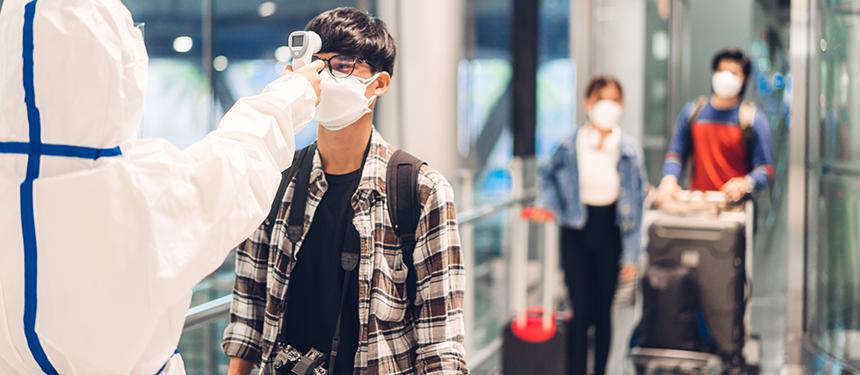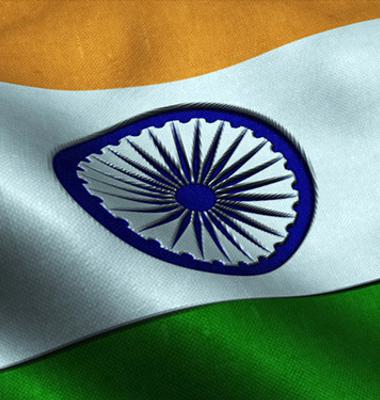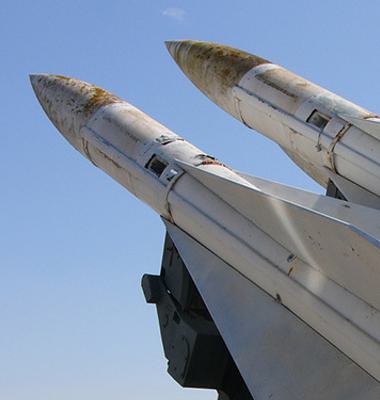COVID-19 in APAC and its impact on travel

Just as Asia has begun to reopen its economies, the newly discovered Omicron COVID-19 variant strain has left Asian countries on edge and has resulted in the imposition of various entry restrictions.
Before the discovery of Omicron, APAC countries were generally slower to reopen compared to their American and European counterparts despite high vaccination rates and a general decline in COVID-19 infections. This was largely due to a general preference for entry bans and a preference for tackling the pandemic more conservatively in order to avoid the high death rates seen in America and Europe. While most APAC countries appear eager to reopen by early 2022, varying domestic measures and Asia’s quick response to Omicron underscores its wariness to reopen.
Varying international travel arrangements across APAC
Since the COVID-19 pandemic, most APAC countries have maintained strict international travel restrictions, with very few major cities remaining more receptive to international travellers such as Bangkok. While there were signs that countries across the APAC region were beginning to ease border restrictions, this is likely to be delayed by the emergence of the Omicron variant. In late November, APAC countries have begun re-imposing strict entry bans as their first line of defence.
Countries like China, Australia, New Zealand and Japan were closed off to international travel during most of the pandemic period, maintaining strict entry regulations for their citizens and legal residents with limited exceptions for foreign business travellers. Besides Japan which has re-imposed a total entry ban on foreigners from 30th November in response to the Omicron variant, these countries have since reopened with narrow entry restrictions or bilateral travel agreements. The Australia-New Zealand travel bubble has reopened and closed several times, and both countries have also narrowed the travel bubble to specific origin and destination states. The Macao-Hong Kong and Hong Kong-Singapore travel bubbles were delayed several times. Plans of most APAC countries to fully reopen by early 2022 have been delayed by the Omicron strain, while China continues to maintain its course to fully reopen by June 2022.
Some APAC countries have adapted easier travel classification systems such as the traffic light entry system to facilitate travel over the course of 2021, while some have piloted tourist sandbox programmes or implemented bilateral quarantine-free travel arrangements. Thailand has closed and reopened its quarantine-free Phuket Sandbox pilot programmes for fully vaccinated tourists, while Indonesia is following suit with its Bali Sandbox programme. Singapore has established quarantine-free vaccinated travel lanes (VTL) with eighteen countries. It is looking to open more VTLs by mid-December with six more countries but has delayed VTL arrangements with some Middle Eastern countries. Each APAC country also has bilateral travel arrangements.
As APAC countries scramble to restrict the spread of the Omicron variant domestically, planned quarantine-free travel arrangements are likely to be postponed or cancelled indefinitely. Persons travelling under existing travel arrangements that remain open are likely to face stricter entry and quarantine requirements which may change at very short notice. Existing travellers may also experience a shortage of quarantine slots available and a failure to secure a quarantine slot may bar travellers from entering certain countries. Transiting air travellers are likely to be subject to more rigorous testing requirements as well.
APAC countries are more confident but remain fidgety due to Omicron COVID variant
Compared to their European and North American counterparts, at the beginning of the pandemic, most APAC countries have been slower in containing COVID-19 outbreaks due to limited pre-existing healthcare resources, high population densities, weak data management, delayed contact-tracing and containment measures, and limited logistics and transport networks. However, APAC countries have swiftly caught up and were able to impose swift entry bans and lockdowns that faced few well-coordinated protest movements or attempts to defy the lockdowns from their populations, except for some countries like Australia. Despite expanded healthcare capacities in anticipation of the next wave of infections, COVID-19 outbreaks have undoubtedly placed undue pressures on domestic healthcare systems and economies.
Some APAC countries have been hit harder by COVID-19, with countries like South Korea, India, Malaysia, the Philippines and Japan battling persistently high infection rates and outbreaks previously. It is no surprise that these countries have swiftly imposed travel bans countries where the Omicron variant is suspected to be present. Smaller countries and territories like Hong Kong and Singapore maintain strict domestic restrictions due to limited healthcare resources and high population densities where COVID-19 could quickly ravage through. China, whose ‘Zero COVID-19’ policy has been increasingly criticized domestically, is likely to stick to its promise of reopening by mid-2022.
Experience shows that APAC countries are slow to jump the gun to reopen but fast to impose localised restrictions and may backtrack from reopening due to new variant strains or if their neighbours’ attempts to reopen result in a surge in COVID-19 infections. While most APAC countries have promised to reopen by early 2022, re-openings are likely to be delayed due to the Omicron variant. Existing travel requirements are likely to become stricter. Given Asia’s experience of the COVID-19 pandemic, Asian countries are not taking any chances with the Omicron variant this time.




